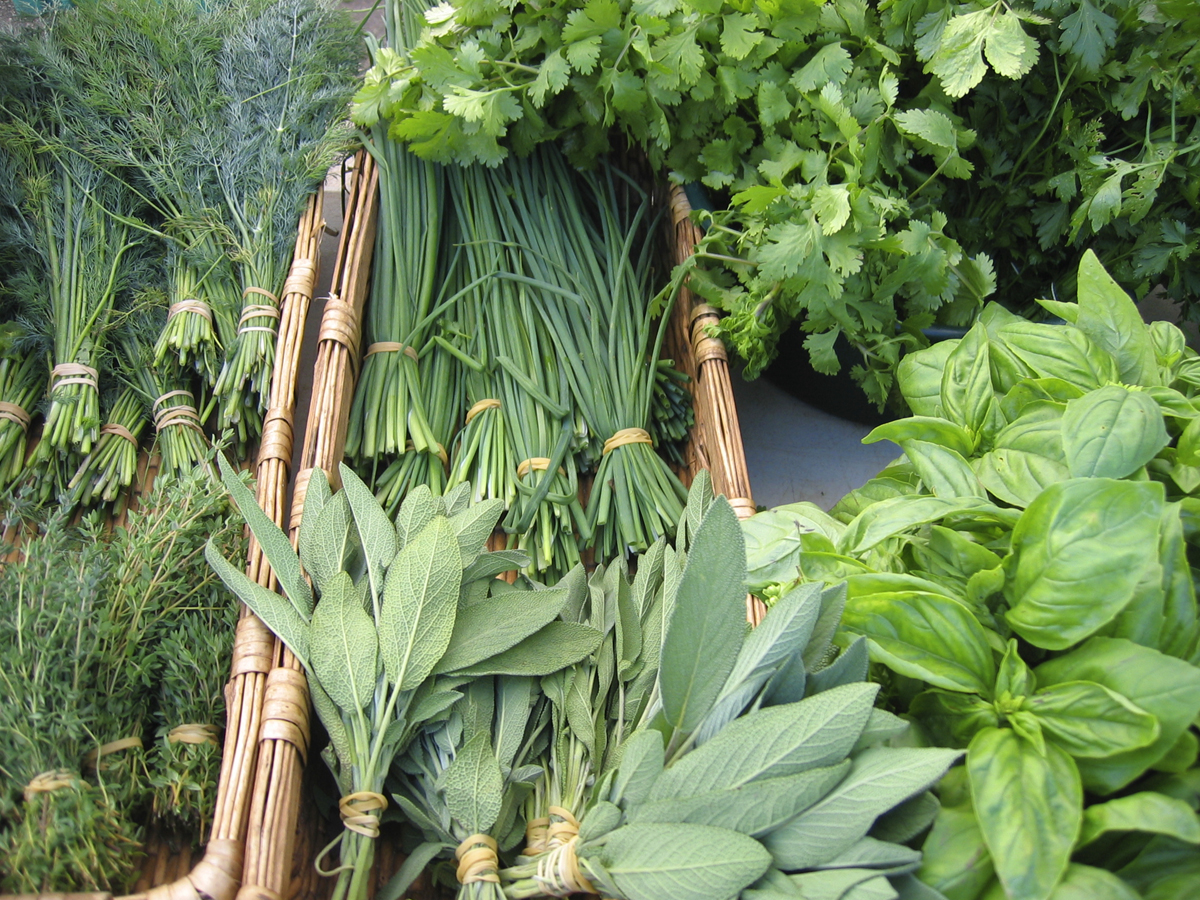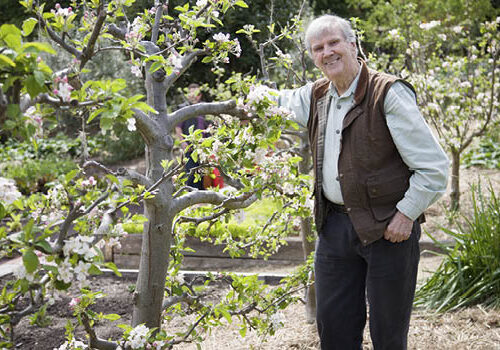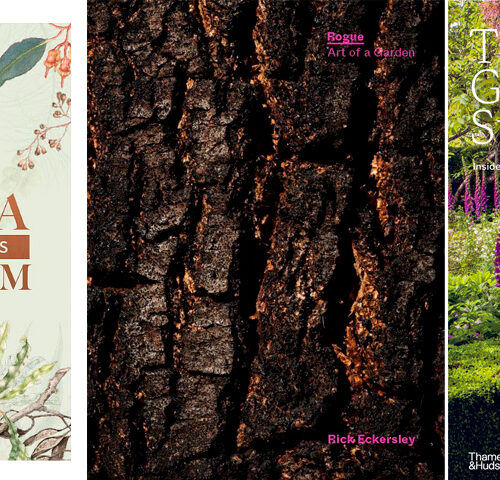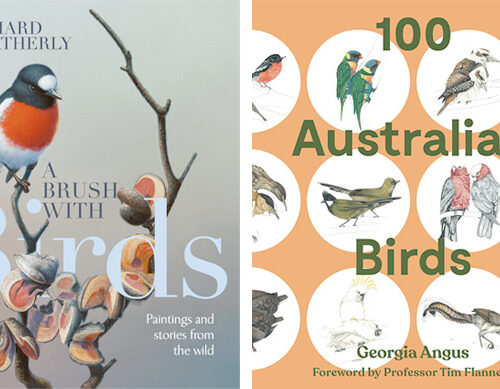The Herbalist’s Bible
2015-02-26T05:19:16+11:00
What did people do for medicine in the 17th century? JUSTIN RUSSELL reviews a modern take on a Middle Ages herbal classic.
Here’s something to ponder on: What on earth did pre-Enlightenment (pre 1650’s) people do for medicine? There were no scientifically trained doctors or surgeons, at least not in the sense we think of today. You couldn’t pop into the local chemist and buy a box of pills to relieve pain or fever and the discovery of penicillin was still centuries away. So how were ailments treated, and who treated them?
If you’ve ever seen Romeo and Juliet, you’ll have come across someone called an apothecary. In the play, this character sells Romeo an elixir of death, with which the tragic hero commits suicide. Apothecaries were the forerunners of modern day pharmacists. They were essentially herbalists who, trained in the medicinal uses of plants, used their knowledge to concoct treatments for any Medieval illness you can imagine – everything from Bubonic plague to haemorrhoids.
One of the most famous apothecaries of the later Middle Ages was John Parkinson, herbalist to king Charles I. As founder of the Worshipful Society of Apothecaries, Parkinson was considered one of the last great English herbalists, but he was also a highly knowledgeable gardener, which earned him the reputation as one of the first great English botanists.
In 1640, at the age of 73, the ageing herbalist and plantsman published a book called the Theatrum Botanicum: The Theatre of Plants. This is a monumental work that contains 3800 descriptions of plants and their medicinal uses, runs to 1788 pages, and weighs five kilograms! Parkinson intended for his Theatrum to be a reliable guide for apothecaries, and it became so well regarded that it remained in continual use for more than 100 years after his death. By the 18th century, however, the scientific Enlightenment was gathering pace and Parkinson’s Catholicism put him at odds with the politics of the day. He, and his epic Theatrum, were never reprinted, and all but forgotten.
I’ve read lots of gardening and botanical books over the years, but never once have I come across the name John Parkinson. The only reason I’m telling his story now is that a couple of weeks ago, I was at a friend’s farm for a pizza party and was introduced to a couple visiting from England. We got talking over cider and woodfired pizza, when I learned that my new acquaintance Matthew Seal is an author and editor, his wife Julie Bruton-Seal is a medical herbalist, and the pair were inspired to write a book about Parkinson after discovering an original copy of the Theatrum in a horticultural library less than four miles from their home. Matthew asked if I’d like a copy? Would I ever! He raced off to the car to grab me the book, inscribed it with the words “Sharingis a timeless tradition” and presented it to me as a Valentine’s Day gift. The people you meet at parties.
Matthew and Julie’s The Herbalists Bible is a fine piece of work. It is elegantly written and the presentation, featuring reproductions of Parkinson’s original woodcut illustrations alongside Julie’s full colour images, is superb. Matthew describes the book as an “editor’s selection”. It contains Parkinson’s historic description for a selection of plants alongside the authors’ own modern commentary, and a contemporary take on the original herbal recipes. The side by side format works well. Parkinson wrote in “ye olde worlde” Early Modern English, and obviously, many of the plant names, and recommended herbal uses, have changed in the ensuing centuries.
The whole concept of the book is to re-publicise Parkinson’s great tome, to bring it into the 21st century and make it relevant to contemporary gardeners, farmers, eaters, botanists and medical practitioners. To this extent, the authors have well and truly succeeded. TheHerbalist’s Bible is a first class introduction to a man who ought to be regarded alongside figures such as Linnaeus as a giant in the history of horticulture. A copy deserves to be found on the bookshelf of every organic gardener.
The Herbalist’s Bible, by Matthew Seal and Julie Bruton-Seal is published by Merlin Unwin Books..






